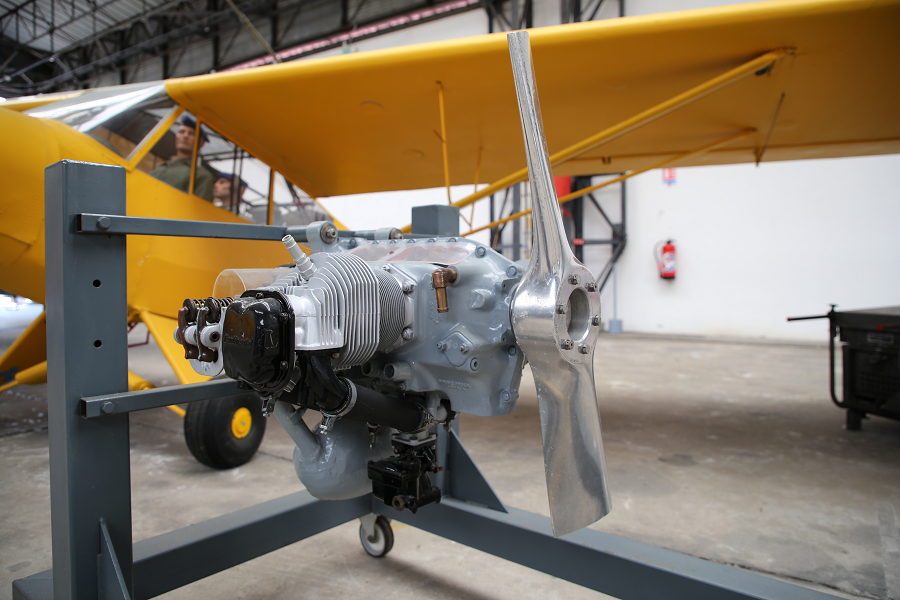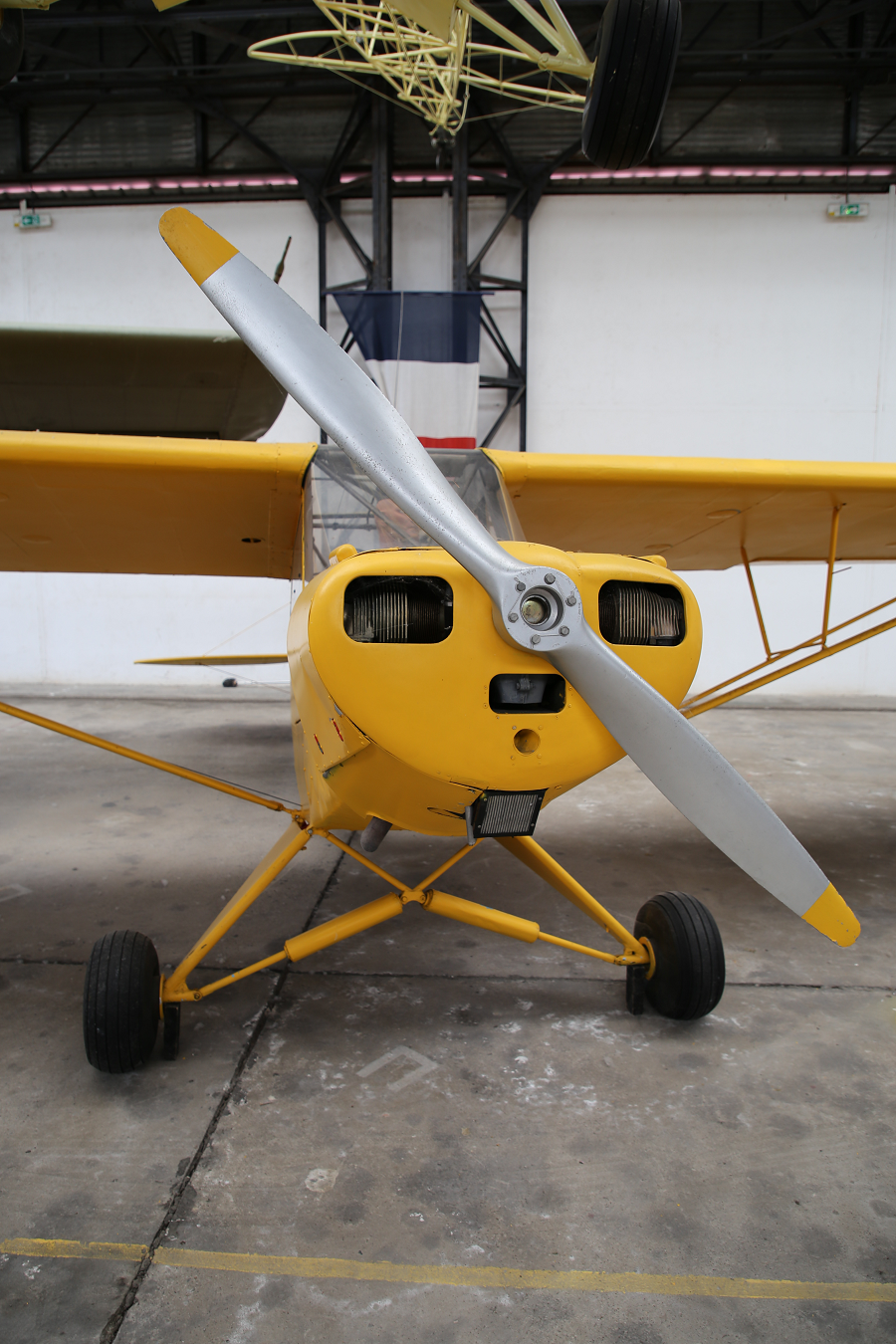The Piper PA-18 Super Cub is a two-seat, single-engine monoplane. Introduced in 1949 by Piper Aircraft, it was developed from the PA-11 Cub Special, and traces its lineage back through the J-3 Cub to the Taylor E-2 Cub of the 1930s. In close to 40 years of production, over 10,000 were built. Super Cubs are commonly found in roles such as bush flying, banner towing and glider towing.
While based on the design of the earlier Cubs, the addition of an electrical system, flaps (3 notches), and a considerably more powerful engine (150 hp), made it a very different flying experience. Although the “standard” Super Cub was fitted with a 150-horsepower (112 kW) Lycoming engine, it is not uncommon to see them equipped with a 160-horsepower O-320-B2B, or even 180 horsepower (134 kW) Lycoming O-360 powerplant. The high-lift wing and powerful engine made the Super Cub a prime candidate for conversion to either floatplane or skiplane. In addition, the PA-18A (an agricultural version) was produced for applying either dry chemical or liquid spray.
The Super Cub retained the basic “rag and tube” (fabric stretched over a steel tube frame) structure of the earlier J-3 Cub.
The first true “Super” Cubs had flaps, dual fuel tanks, and an O-235 Lycoming engine producing about 108 hp (115 hp for takeoff only). However, a 90 hp Continental variant without flaps and an optional second wing tank was available. Their empty weight was, on the average, 800–1000 pounds with a gross weight of 1,500 lb. These Cubs would take off in about 400 feet (at gross weight) and land in about 300 feet (thanks to the flaps).
The Super Cub is renowned for its ability to take off and land in very short distances. The first Super Cubs were going to be offered with a unique four-wheel tandem main landing gear designed for landing and takeoff from rough terrain, but this was replaced with conventional landing gear.
The O-290 Lycoming powered Cubs (135 hp) followed and would take off in about 200 feet (61 m). The landing distance remained the same at about 400 feet (120 m), or 300 feet (91 m) using flaps. With the use of the Lycoming O-320 at 150–160 hp, the Cub’s allowable gross weight increased to 1,750 lb while retaining the capability of a mere 200 feet (61 m) required for takeoff.















